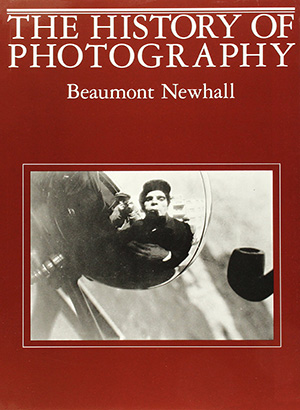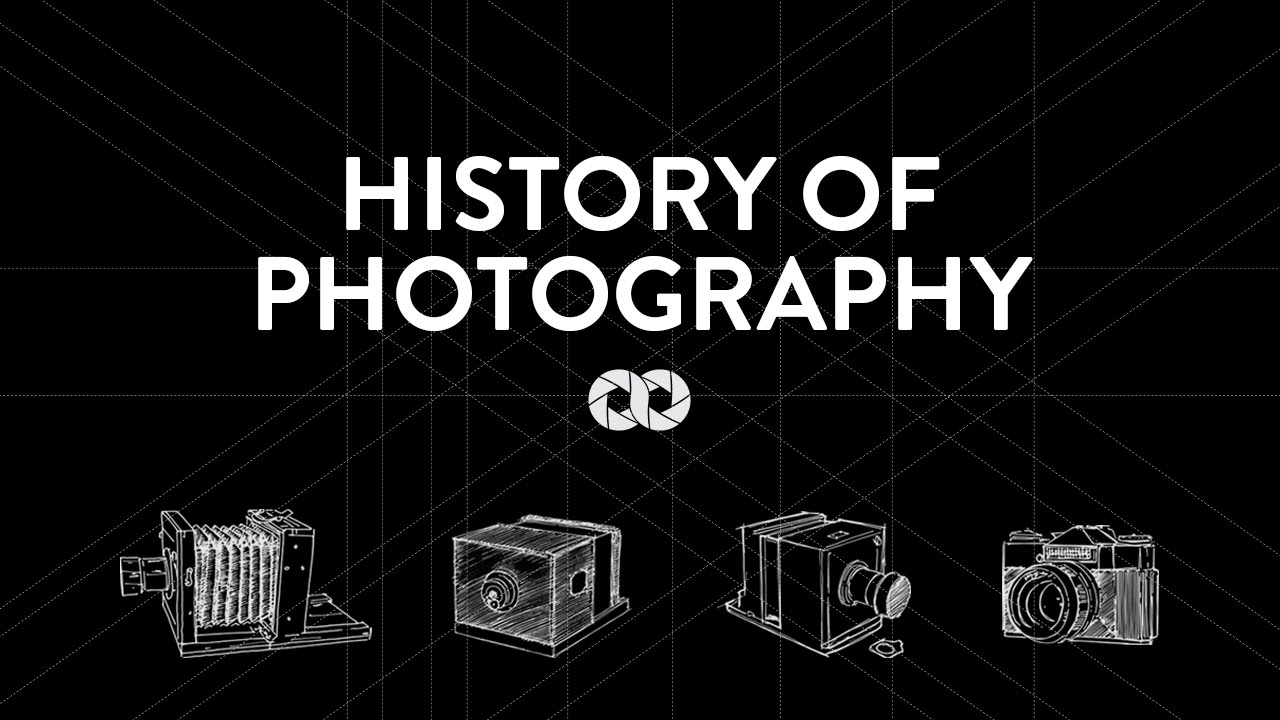It’s time to get your learnin’ on with The History Of Photography In 5 minutes (and 12 seconds). The upbeat video traces the development of photography from Daguerrotypes to the Leica I and all the way to modern smart phones that let people instantly share images of their delicious breakfasts with the whole wide world. Hit the jump to watch the video!
The History Of Photography In 5 Minutes (And 12 Seconds)
This is a quick look at how photography has developed.
Photography is hinged on the discovery that if you poke a hole in the wall of a dark room you create Camera Obscura. Light passing through the hole is projected upside down and retains color and perspective. The first historical mentions of camera obscura and pinhole photography are by ancient philosophers Mozi, Aristotle and Alhazen. In 1490 Leonardo DaVinci records detailed descriptions of camera obscura and uses it to trace stuff. By the 1700’s camera obscura devices are common and there’s evidence to suggest artists like Rembrandt, Vermeer and Caravaggio used them. Hmm… Sketchy.
In 1724, Johann Heinrich Schulze discovers that substances mixed with silver nitrate react to light. Sadly, the images fade soon after. Until one day in 1826 the world’s first photograph is taken by Joseph Nicéphore Niepce in France, using a procedure called Heliography. Viola! This exposure takes several days and you can see the sun lights up both sides of the building.
After his death, Niepce’s partner louis Daguerre continues his work and creates the first practical photoraphic process in 1833. The Daguerrotype. In 1839 the French government buys and declares the Daguerrotype free to the world. This is when cool stuff starts happening. Like the first photo of a human. Although this expsore lasted around 7 minutes, a man was getting his shoes polished and was standing perfectly still. Thus, making history. This was also the first photo with sole.
And of course, the world’s first selfie is taken by a guy name Robert Cornelius. And human’s gonna human. It wouldn’t take long for nude photography to kick off too.
In 1840, Henry Fox Talbot unveils the Calotype. A process based on negatives that allows for paper copies to be made. However, Talbot tried to charge license fees for the Calotype so it didn’t really catch on. Compared to Daguerre whose name is now one of 72 names inscribed on the Eiffel Tower. Talbot spent his life fighting law suits and eventually gave up on photography. You could say Talbot became a bit… negative in the end.
I’ts also important to mention the contribution of Sir John Herschel who published many essential research papers and coined the term photography. From the greek words of light and drawing.
By the 1850’s mobile photo studios were all the rage because photos had to be developed on site. Exposure times were about 3 minutes long so people used neck braces and drugs to keep still. It’s also why nobody smiled in early photos.
What could be the world’s first photoshop occurs in 1861. The head of Abraham Lincoln is placed on a more noble body. The world’s first color photograph is also produced. It’s of a bug.
In 1871 Richard Leach Maddox, who had an outstanding moustache, invents the gelatin dry plate. This means smaller cameras and no tripods necessary. Great success old chap!
Now here’s a cool story, bro. In order to settle the debate of wheter all four of a horse’s hooves ever simultaneously leave the ground, Englishman Eadward Muybridge sets up 12 cameras with wire triggers in the path of a galloping horse. The world’s first photo sequence proves that they do.
In 1885 George Eastman, founder of Eastman Kodak, invents roll film. The first handheld camera, the Kodak goes on sale in 1888. Why Kodak? Because Eastman just liked the letter K. The Kodak came preloaded with 100 exposures that needed to be sent back to the factory for processing and reloading when the roll was finished. Eastman takes mass market photography a step further in early 1900’s with the Brownie. An affordable box camera that introduces the concept of the snapshot.
Leitz employee Oskar Barnack builds the revolutionary 35mm Leica 1 which goes into production in 1925. The camera allows photographers to go mobile and capture the moment. Some of the most iconic images in history would later be taken on Leicas.
The first single lens reflex (SLR) camera arrives in 1949.
And the first digital image is created from a scan in 1957. However digital cameras would only arrive a little later in 1975 when Steve Sasson, a young engineer working for Eastman Kodak, invents the first digital camera. But nobody at Kodak is interested in digital. Who want’s to see their photos on a TV? Why change the profitable film photography formula? Too late. Kodak only later switches to digital in 2004 and files for bankruptcy in 2012.
The digital revolution begins in the 90’s. DSLRs, point and shoots, photography had never been more accessible.
Well, until the first mobile phone with a camera came out in 2000. Game changer. 15 years later and modern smart phones now have insanely powerful cameras. In just seconds we are able to capture every moment and share it online.
Photography has become a global passion and has truly brought the world closer together.
The History Of Photography In 5 Minutes is a great little explainer video by the guys over at COOPH. Be sure to check out their site which includes an online magazine and their own line of photography related apparel and accessories.
StreetShootr’s Take
The history of photography was one of my favorite subjects in university and I often got lost in the minutia of the historical processes and the lives of the people that pioneered them them. This video is a great overview of how we got from pinholes to cellphones but it tends to focus only on the technology of the medium and ignores how people’s perception of photography changed through the years.
Everything from the Photo-Secession to paparrazi have affected the way photography is perceived and used by the general public. But I guess you couldn’t really fit that in a 5 minute (and 12 seconds) video!
If you’d like to find out more about the history of photography, you can’t do better than Beaumant Newhall’s excellent book:

The History Of Photography by Beamont Newhall on Amazon.
What’s your take on COOPH’s explainer video on the history of photography? Excellent overview of photography’s technology through the years? Or too short too many corny jokes to take seriously? Post your ideas in the comments below and keep the conversation going!

